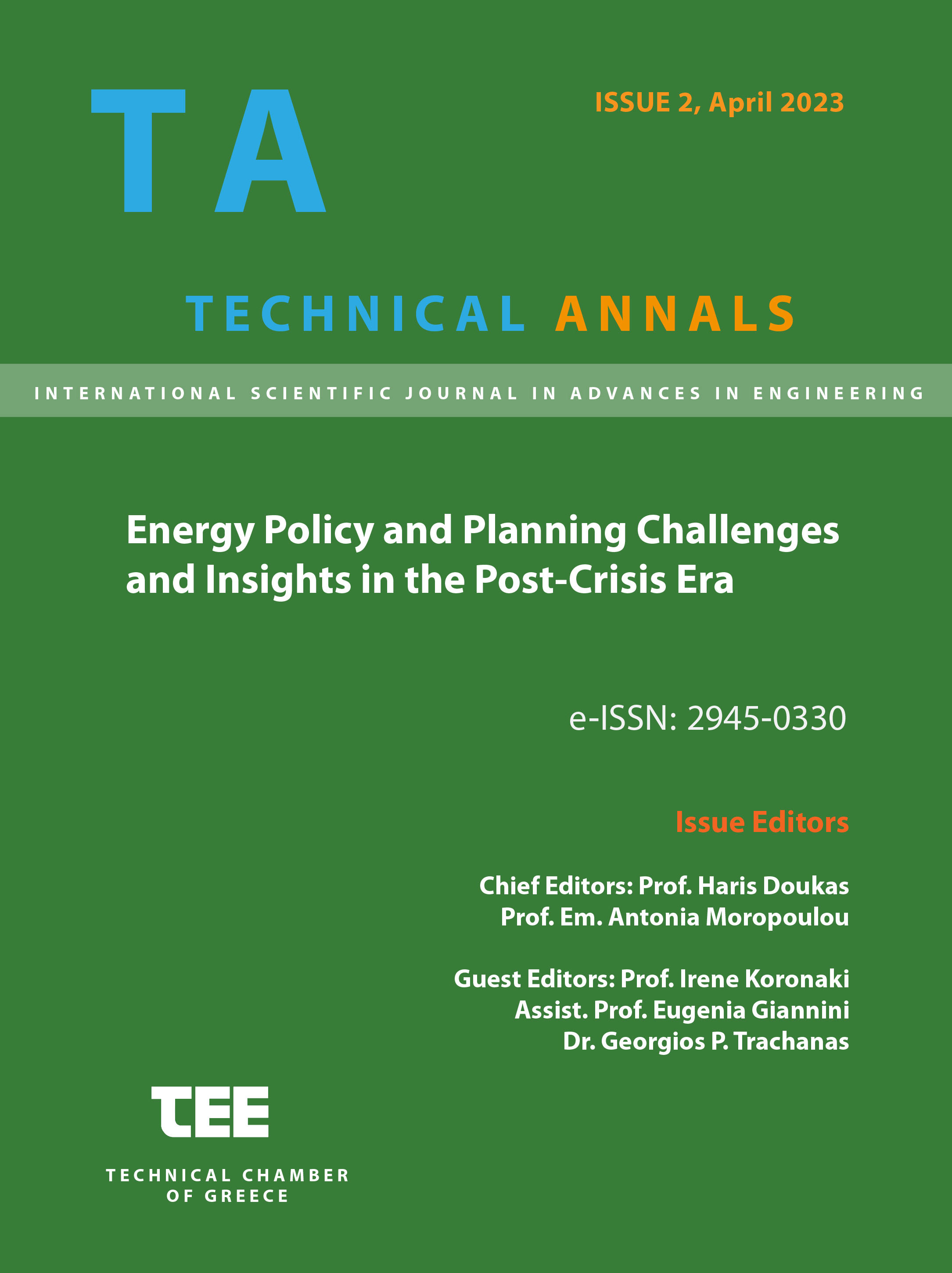Revitalising Small Historical Villages through Social, Economic, Cultural and Energy Efficiency Assets Italian Examples and Methodological Approaches

Abstract
Cultural heritage and historical buildings, accounting for over 30% of the overall European building stock, need to be preserved as much as possible, on account of their role in representing the cultural identity of a community, and to be renovated in response to the sociocultural need to maintain historical cities and the environmental need to reduce the global energy demand of existing buildings.
Small historical villages, and in particular those with fewer than 5.000 inhabitants, are undergoing a declining process, due to the lack of infrastructure, services, cultural attractiveness and because of the inadequate actions aimed at their valorisation. They are often underused, abandoned or neglected, thus risking to be affected by severe degradation. For this reason, European and national directives strongly encourage actions targeting the revitalisation of small villages, in order to preserve their historical heritage and improve their energy efficiency. This study aims at investigating Italian examples of revitalisation of small historical towns, showcasing what strategies they employed for the maximisation of social engagement and inclusion, reduction of the environmental impact and energy efficiency improvement. This paper will propose a methodological approach leading towards the creation of Energy Communities within small historical villages, not only addressing the need for clean energy supply and environmental impact mitigation, but also respecting and preserving the heritage value and covering the social, economic, cultural aspects of the revitalisation.
Article Details
- How to Cite
-
Sacchetti, L., Piaia, E., Frighi, V., & Spasari, I. (2023). Revitalising Small Historical Villages through Social, Economic, Cultural and Energy Efficiency Assets: Italian Examples and Methodological Approaches. Technical Annals, 1(2). https://doi.org/10.12681/ta.34034
- Section
- Energy

This work is licensed under a Creative Commons Attribution-NonCommercial-ShareAlike 4.0 International License.


